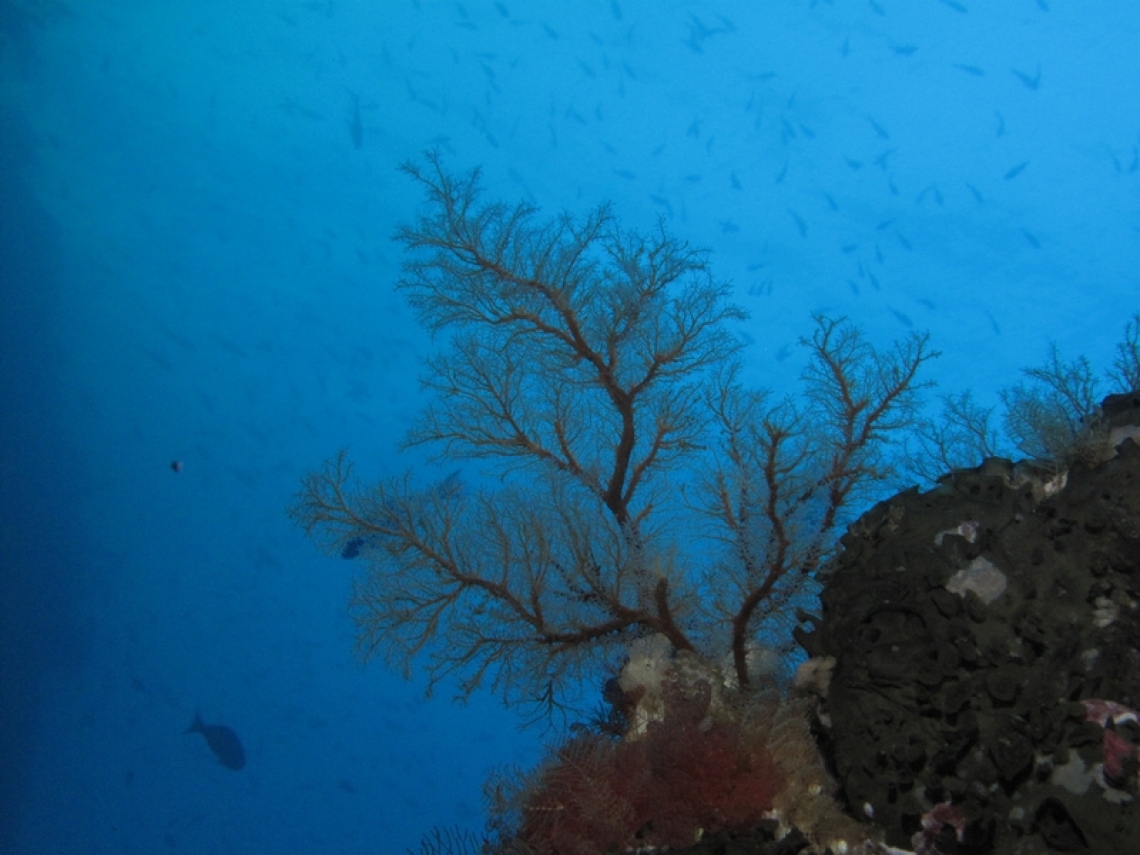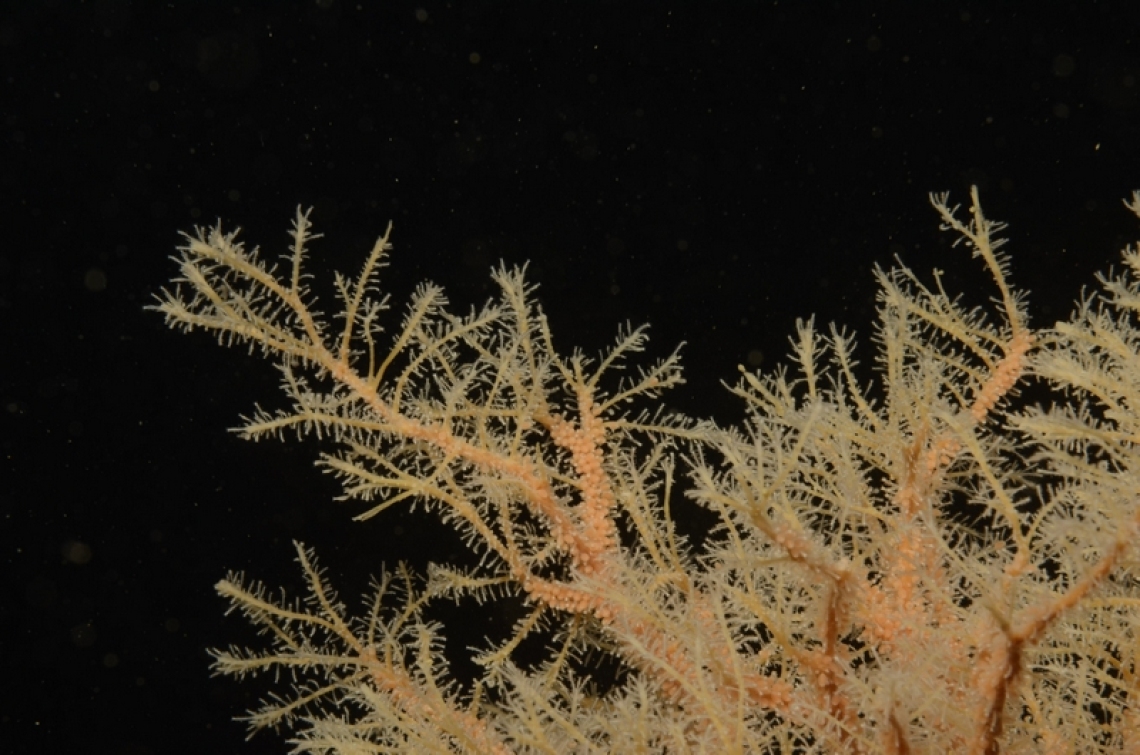Solanderia Duchassaing & Michelin, 1846, which is commonly known as the tree hydroid or sea fan hydroid, is a genus of athecate hydrozoan.
It is often noticed and photographed by divers around New Zealand because of its beautiful shape, large size, and the colour of its colony. Solanderia is the only genus from the family Solanderiidae, and includes seven species.
Solanderia ericopsis (Carter, 1873)
A commonly found New Zealand species is Solanderia ericopsis (Carter, 1873), which is found all around the country at depths ranging from 2 to 200 metres.
A member of the Phylum Cnidaria
Class Hydrozoa is part of the Phylum Cnidaria, which means they are related to corals and anemones (Order Anthozoa), and jellyfish (Order Scyphozoa). Surprising to some, Hydrozoa is the most diverse group of cnidarians, comprising of about 3500 species. The freshwater genus Hydra is probably the most well-known hydrozoan, but there are many other forms of hydroid and the majority are actually marine animals.
Hydroids are remarkably varied and some are known only by certain life stages. They have polyps which are found usually on the end of stems or along branches, and live together either as a colony or solitary. Some species produce a jelly-like swimming medusa (which are often confused with jellyfish) as a form of reproduction.
Hydroids share a known characteristic of cnidarian animals – they sting! Hydroids have a stinging capsule called a nematocyst, used to paralyse their prey. Their prey, such as fish larvae and copepods, are captured by the tentacles arising from the polyp, and with help from their nematocysts, are then transferred to the mouth and stomach for digestion.
Solanderia - the athecate hydroid
The Solanderia hydroid belongs to the Order Anthoathecata (comprising of around 1000 species), known as athecate hydroids. Athecate hydroids do not have a skeletal covering for their polyps, as opposed to the thecate hydroids (Order Leptothecata), which do. Some species of athecate hydroid are only known from their medusa stage or their polyp stage, or both. Solanderia known from its polyp, or hydroid stage, is colonial, and produces gonophores (containers holding sexual products) which release sperm and eggs for reproduction.
References:
Schuchert, P. (2013). Solanderia Duchassaing & Michelin, 1846. In: Schuchert, P. (2015) World Hydrozoa database.
Schuchert, P. (1996). The marine fauna of New Zealand: Athecate hydroids and their medusae (Cnidaria, Hydrozoa). 147 p. New Zealand Oceanographic Institute Memoir 106.
Schuchert, P. (1998). How many hydrozoan species are there? Zoologische Verhandelingen 323: 209-219
Schuchert, P. (2016). World Hydrozoa database.


